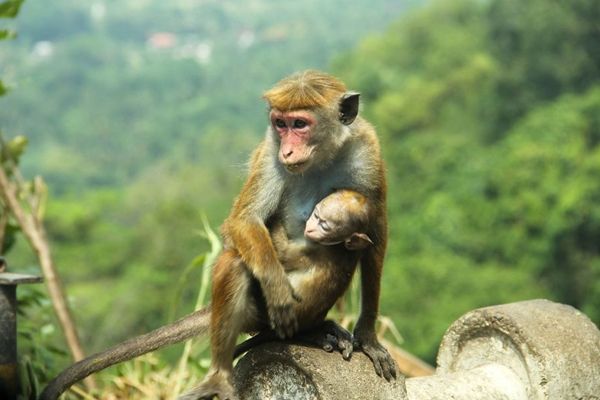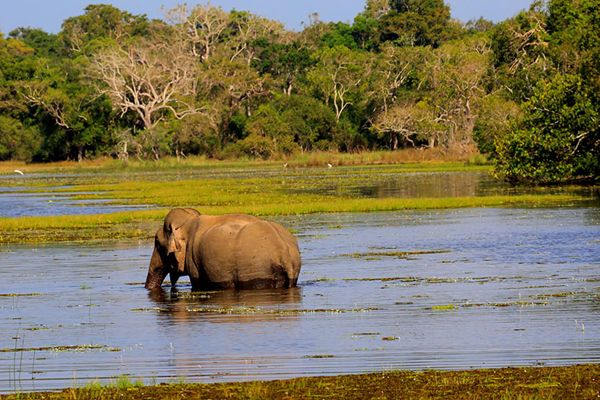Wilpattu National Park
Wilpattu National Park is located in the North West of Sri Lanka, a large expanse of forest rich with flora and fauna which also borders the Indian Ocean. The park gets its name from the numerous ‘willus’ or small lakes that dot its landscape. They collect rainwater and provide an invaluable source of sustenance to the numerous wildlife that occupy Wilpattu National Park.
Wilpattu National Park is 188 kilometres away from Colombo and is located about 30 kilometres West of Anuradhapura and 26 Kilometres North of Puttalam. Both cities are great bases from which to visit the park. Anuradhapura in particular is a popular Sri Lankan destination for visitors and tourists who come there intrigued by the ancient ruins and buildings that date back for Millennia. Puttalam is close to Kalpitiya, a popular beach destination along the West coast. Both areas offer excellent lodging spaces for your stay Mahoora Tented Safari Camping Wilpaththuwa, Leopard Trails Camp Wilpaththu, Thamaravila by Elephant Stables, Base Camp Wilpaththuwa and Avasta Resort and Spa.
Wilpattu stretches across 1,317 square kilometres and can rise up to about 150 metres above sea level. Wilpattu is one of the largest and oldest national parks in Sri Lanka and is particularly famous for its leopard population. Aside from leopards,lucky safari goes can also spot a slew of other wildlife such as elephants, bears, sloth bears, buffalo, spotted deer, crocodiles, wild boar, reptiles and many varieties of birds. The bird population is particularly delightful during the various seasons of migration, with various bird species populating the park depending on the time of the year. Jeep safaris are available for hire at the entrance of the park or through your hotel, and will scour the park from sunrise to sunset.
Wilpattu is also a highly historical area, with historically significant ruins being discovered within the confines of this dramatic landscape in Sri Lanka. It has been the home of pre-historic tribes and ancient Sinhalese royalty alike.
Wilpattu might be situated in the dry zone but it’s flora is surprisingly green and lush. The rainy season begins in September and lasts until December, while the monsoon hits the forest from March to May, ensuring plenty of rainwater and a boost to the life that dwells within it. February to October are the best times to visit this park. Wilpattu is also a favorite of wildlife photography enthusiasts visiting Sri Lanka. A photograph of the elusive leopard is obviously the most prized catch and would make an excellent souvenir from your visit.





